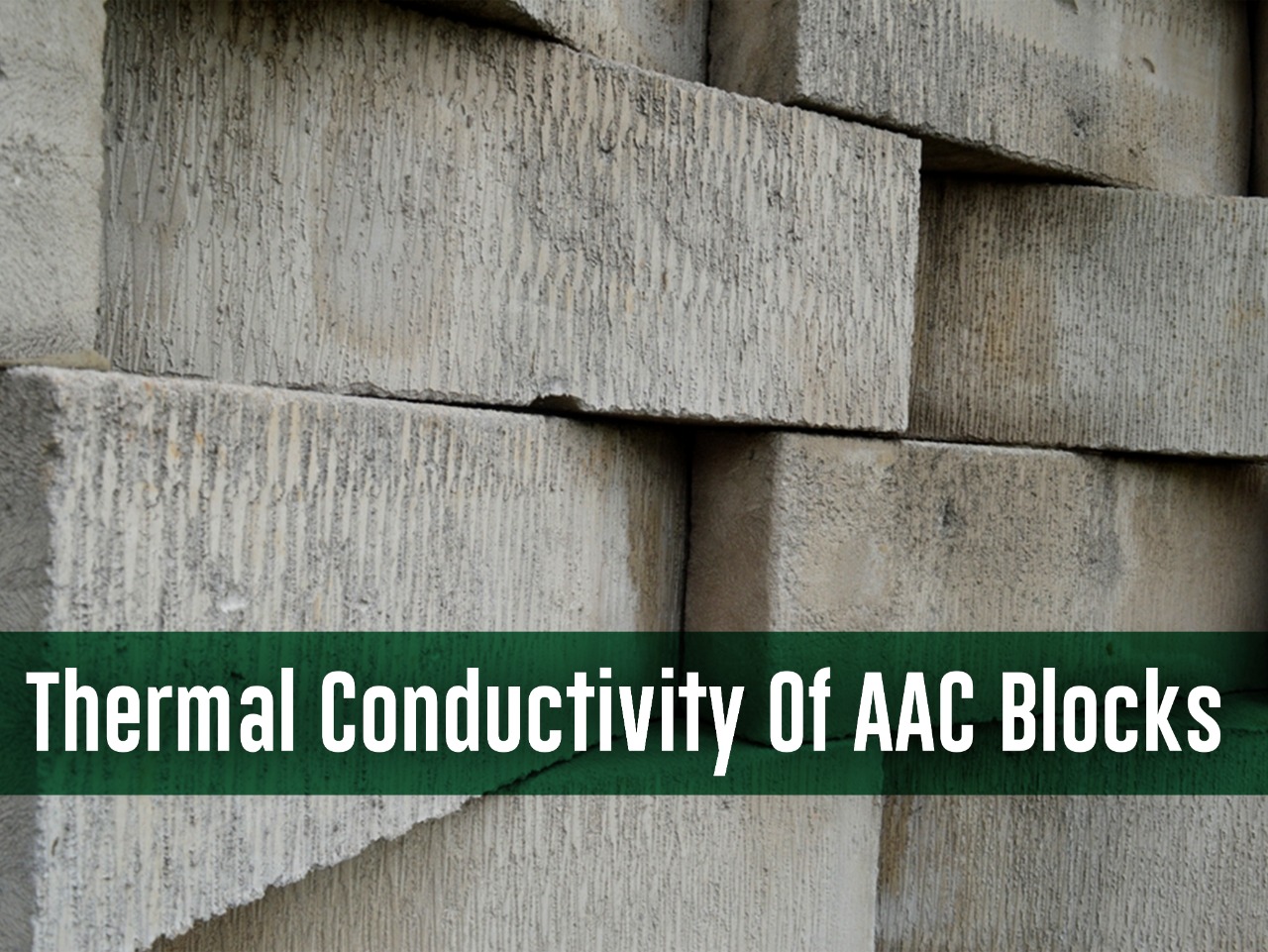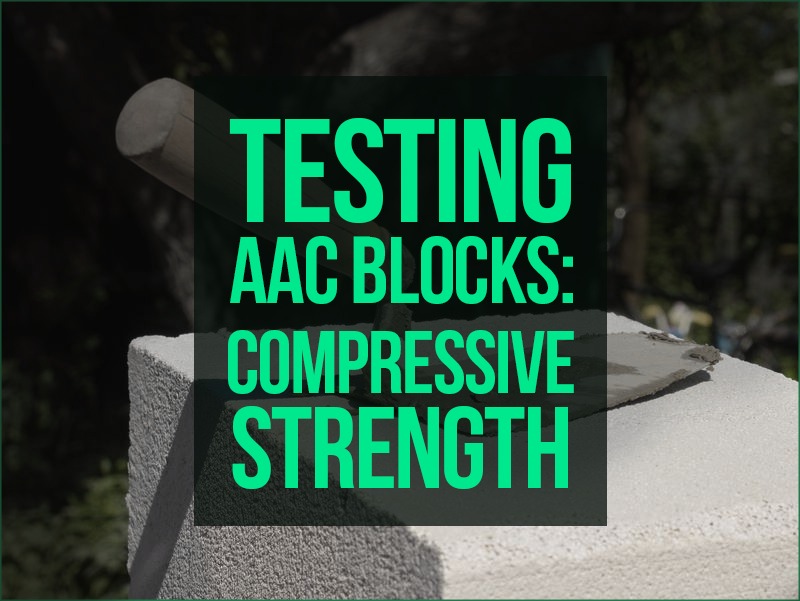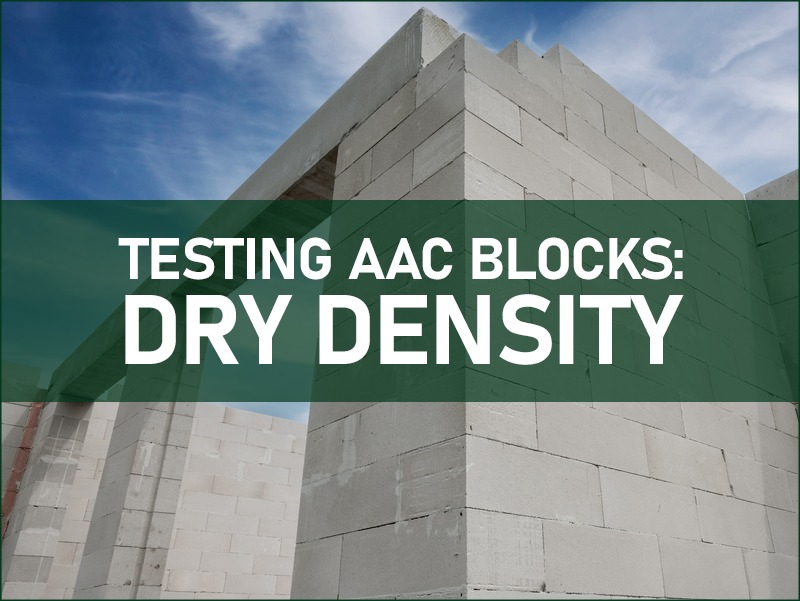.jpeg)
6 Simplified Steps Of AAC Block Manufacturing | Ecorex
AAC Blocks are a building material used in the construction and rehabilitation of masonry. They are created by mixing a type of mortar with aggregates such as sand, gravel, or crushed rock.
All the goodness and popularity of the AAC Blocks come with their lightweightness. Aluminium powder, the aeration agent, plays a vital role in the manufacturing process of these blocks for the aeration process creates millions of air bubbles.
Each one of Eorex's AAC blocks are made from high-quality materials that are sourced all over from the India. Here is a comprehensive but simple guide on how we make these Eco- friendly blocks.
Manufacturing Process of AAC Blocks
Step 1 - Preparation of Raw Material
The first step in the manufacturing process of AAC Blocks starts with the preparation of raw materials. Here's a list of raw materials mentioned below.
Fly ash
Fly ash is generated in coal-fired thermal power stations and is a major industrial waste. In the past 60 years, over 140 such coal-fired thermal power stations in India have dumped millions and millions of tons of fly ash.
Even though fly ash is perceived as waste, it has a magic ingredient called reactive silica in it. One of the principal constituents, about 65%, of aerated concrete in India is fly ash. However, we must remember that all fly ash is not the same fly ash. The high carbon present in the fly ash is detrimental to the quality of aerated concrete. The fly ash obtained from burning at higher temperatures is more useful. Hence this is the first filter for the use of fly ash in AAC.
Fly ash is mixed with water to form a fly ash slurry. The slurry thus formed is mixed with other ingredients like lime powder, cement, gypsum and aluminum powder as per the quantities consistent with the recipe.
Limestone powder
Lime powder which aids strength development as well as helps in the aeration effect is another important ingredient of these blocks. Lime powder once procured is stored in a silo fabricated from mild steel (MS).
Cement
For the manufacturing of AAC blocks, 53-grade Ordinary Portland Cement (OPC) from a reputed manufacturer is required. Cement is procured in bags or bulkers and is also stored in a silo fabricated from mild steel (MS).
Gypsum
Industrial Gypsum procured from the market in powder form is stored in bags.
Aluminum powder/paste
Aluminum powder/paste is easily available from various manufacturers. A very small quantity of Aluminum powder/paste is required to be added to the mixture which is usually weighed manually and added to the mixing unit.
Step 2 - Dosing and Mixing
After the raw material is prepared, the next step is dosing and mixing which defines the quality of the final products. It is crucial to maintain the ratio of all ingredients as per the requirement to ensure consistent quality of production. Fly ash is used in a slurry form by mixing it with water in a certain proportion and mixed with lime powder and cement which are weighed on load cells with a control system and then discharged into the mixing drum. Steam might also be fed to the unit to maintain the temperature in the range of 40-42°C.
Step 3 - Casting, Rising and Pre-curing
AAC blocks manufacturing process involves casting, rising, and pre-curing. The ready mix is poured into the moulds which vary in size as per the capacity of the plant. It is called the casting of moulds. Before casting, moulds are coated with a thin layer of mould oil to ensure that the green cake does not stick to the moulds. Aluminum reacts with Calcium Hydroxide and water to form Hydrogen gas which releases millions of tiny Hydrogen bubbles. This leads to the formation of tiny unconnected cells causing the slurry mix to expand which may be twice its original volume. The size of these bubbles is usually 2-5mm. These are the reason behind the most popular properties - lightweight and insulation, of AAC blocks. Once the rising process is over, the green cake is allowed to settle and cure for some time. The time required for rising and pre-curing is around 165 minutes. Rising depends on raw material mix and weather conditions which is a major factor affecting the rising process. Hence, provision is made to maintain a constant temperature in the pre-curing area if the need be. After ensuring that the hardness is within a range of 150 to 170 mm at the end of the pre-curing process, cakes are sent for wire cutting.

Step 4 - Demoulding and Cutting
Once the green cake has achieved cutting strength, it is ready to be demoulded and cut as per requirements. Two cutting machines are used for cutting the cake.
A horizontal cutting machine, which does not have any moving parts, is used in the first stage, while a vertical cutting machine used in the second stage has a cutting assembly mounted on columns and it moves up and down at a set speed. Steel wires that can be adjusted offline are mounted on oscillating heads and are used for cutting through the green cake.
Step 5 - Autoclaving
The cut cakes are then sent to the autoclave for a high temperature and high-pressure steam curing. The temperature is maintained at 195°C and a pressure of 12 bars for the steam curing. The cycle time is 12 hours after which the blocks achieve their required strength and are sent to the packing line.
Step 6 - Packing Line
After autoclaving, the hardened cakes are sent to the packing line. Here they are packed into cubes, loaded in the trucks with a robotic grabber crane and dispatched to the sites of the clients.
And this is how the world gets its green building material - Ecorex AAC Blocks.
Recent blogs

Thermal Conductivity Of AAC Blocks | U value and R value | ECOREX
AAC blocks were invented for keeping the building thermally insulated and keeping the heat out from the building. Let's dig deep into Thermal Conductivity of AAC Blocks.

Top 5 AAC Block Manufacturers In India
Here is a list of the top 5 AAC block manufacturers in India. Because as a property owner, it is advised to have a working knowledge of different AAC block manufacturers.

Testing AAC Blocks: Compressive Strength | Ecorex
One of the most important characteristics of AAC blocks for the user is their compressive strength. Drying Shrinkage, Dry Density, as well as Compressive Strength, have different test procedures. Let's find out more together.

Testing AAC Blocks: Dry Density | Ecorex
Most of the popularity that AAC blocks have gained over the years is due to their unique characteristic of being lightweight. This is checked with the help of a dry density test.
